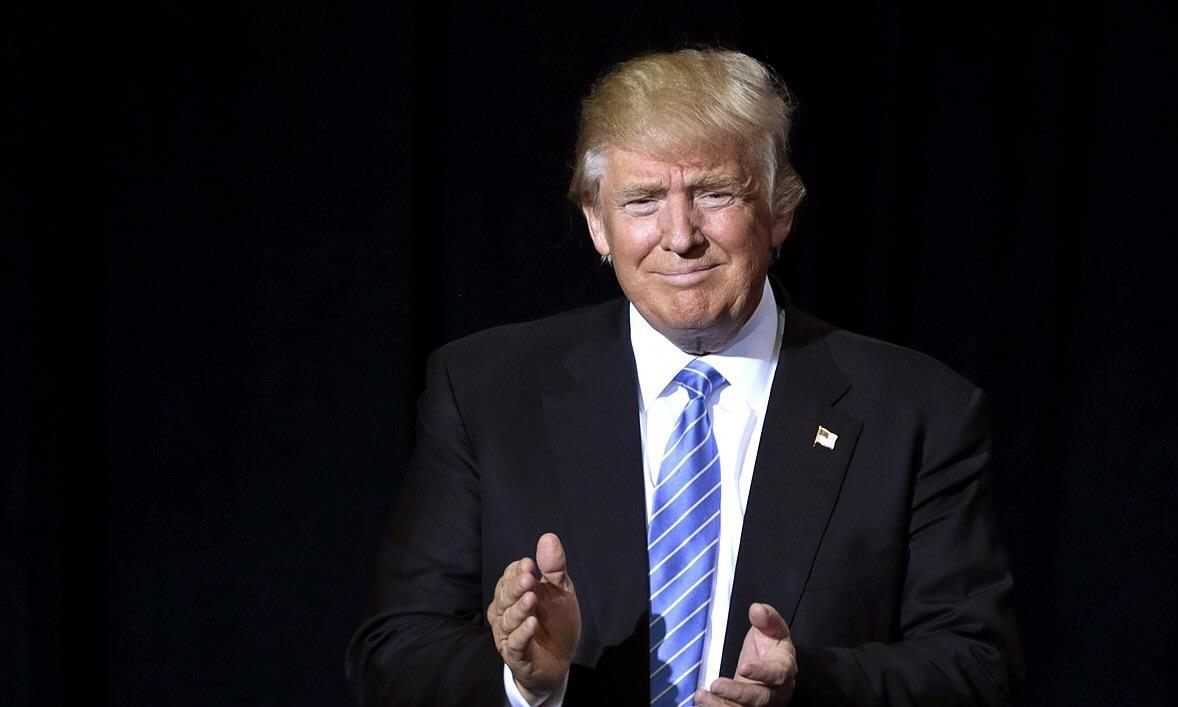In 2025, President-elect Donald Trump’s policies are reshaping the U.S. dollar’s global position, sparking concerns among financial analysts and international markets. While Trump’s administration aims to boost domestic manufacturing through aggressive trade tariffs and deregulation, critics argue that these measures could destabilize the dollar's value and diminish its role as the world’s reserve currency.
Trump’s proposed 60% tariffs on Chinese imports and a 25% levy on goods from Mexico and Europe have triggered fears of retaliatory trade wars. Economists warn that these tariffs could drive up costs for American consumers while straining diplomatic relations. Furthermore, speculation about Trump’s interest in returning to a gold standard—a move he has alluded to during speeches—has added uncertainty to the dollar’s long-term stability.
“Currency markets are closely monitoring the Trump administration’s policies,” said Mark Zandi, chief economist at Moody’s Analytics. “The U.S. dollar’s strength depends on investor confidence, and any misstep could have lasting repercussions.”
A Volatile Start to 2025 for the U.S. Dollar
Since the start of the year, the dollar’s value has experienced increased volatility. The U.S. Dollar Index (DXY), which measures the greenback against a basket of six major currencies, has dropped by 3% in response to Trump’s tariff announcements. Analysts believe this decline reflects concerns over reduced foreign investment and global trade friction.
In contrast, the euro and the Chinese yuan have gained ground as central banks diversify their reserves. For instance, the People’s Bank of China has increased yuan-based trade settlements, signaling a strategic move to challenge the dollar’s dominance in international markets.
Meanwhile, Trump’s domestic spending plans, including a $300 billion infrastructure initiative, have raised concerns about the national debt, which now exceeds $36 trillion. Critics argue that increased borrowing could erode confidence in the dollar and further weaken its value.
Public and Market Reactions to Trump’s Policies
Reactions on social media highlight the public’s divided opinion on Trump’s economic strategies:
- @FinanceWatchdog: “Trump’s tariff war is putting the dollar at risk. How long can this unsustainable path continue?”
- @RealMAGAJohn: “The U.S. dollar will bounce back stronger than ever. America first means a resilient currency! #Trump2025”
- @GlobalEconomist: “Currency markets don’t lie. The dollar’s decline is a direct response to Trump’s reckless policies.”
- @TradeWins2025: “Retaliatory tariffs from Europe and China will only worsen the situation for U.S. exporters. A disaster in the making.”
- @EconomicPatriot: “Finally, someone is standing up to China. Short-term pain for long-term gain. Stay the course, Mr. President!”
- @DollarDoubt: “Returning to the gold standard in 2025? This is absurd and will destabilize the global economy.”
What Lies Ahead for the Dollar?
While Trump’s policies aim to strengthen the domestic economy, they come at a potential cost to the dollar’s international standing. Economists predict further volatility in the currency markets as investors weigh the implications of rising trade tensions and increased federal spending.
The Federal Reserve’s upcoming interest rate decisions will also play a crucial role in shaping the dollar’s trajectory. If inflation rises due to tariffs and fiscal spending, the Fed may be forced to adopt a more aggressive monetary stance, potentially adding to the dollar’s instability.
As Trump’s second term unfolds, the global financial community will closely monitor the administration’s policies and their impact on the dollar’s value. Whether these measures bolster the economy or lead to long-term consequences remains uncertain.



 U.S. Soybean Shipments to China Gain Momentum as Trade Tensions Ease
U.S. Soybean Shipments to China Gain Momentum as Trade Tensions Ease  Maduro Confirms “Respectful” Call With Trump, Signals Openness to Diplomatic Dialogue
Maduro Confirms “Respectful” Call With Trump, Signals Openness to Diplomatic Dialogue  UN General Assembly Demands Russia Return Ukrainian Children Amid Ongoing Conflict
UN General Assembly Demands Russia Return Ukrainian Children Amid Ongoing Conflict  China Urged to Prioritize Economy Over Territorial Ambitions, Says Taiwan’s President Lai
China Urged to Prioritize Economy Over Territorial Ambitions, Says Taiwan’s President Lai  Michael Dell Pledges $6.25 Billion to Boost Children’s Investment Accounts Under Trump Initiative
Michael Dell Pledges $6.25 Billion to Boost Children’s Investment Accounts Under Trump Initiative  U.S. Defense Chief Pete Hegseth Defends Controversial Second Strike on Suspected Drug-Smuggling Vessel
U.S. Defense Chief Pete Hegseth Defends Controversial Second Strike on Suspected Drug-Smuggling Vessel  Putin Concludes High-Level Talks With Trump Envoy on Ending Ukraine Conflict
Putin Concludes High-Level Talks With Trump Envoy on Ending Ukraine Conflict  Oil Prices Rise as Ukraine Targets Russian Energy Infrastructure
Oil Prices Rise as Ukraine Targets Russian Energy Infrastructure  Federal Judge Blocks Trump Administration’s Medicaid Funding Restrictions Targeting Planned Parenthood
Federal Judge Blocks Trump Administration’s Medicaid Funding Restrictions Targeting Planned Parenthood  Trump Administration Tightens H-1B Visa Vetting With New Focus on Free Speech and Censorship
Trump Administration Tightens H-1B Visa Vetting With New Focus on Free Speech and Censorship  IMF Deputy Dan Katz Visits China as Key Economic Review Nears
IMF Deputy Dan Katz Visits China as Key Economic Review Nears  Asian Currencies Steady as Rupee Hits Record Low Amid Fed Rate Cut Bets
Asian Currencies Steady as Rupee Hits Record Low Amid Fed Rate Cut Bets  South Korea Inflation Edges Up in November as Food and Service Costs Climb
South Korea Inflation Edges Up in November as Food and Service Costs Climb  Pentagon Probe Finds Hegseth’s Use of Signal Risked Exposing Sensitive Yemen Strike Details
Pentagon Probe Finds Hegseth’s Use of Signal Risked Exposing Sensitive Yemen Strike Details  Trump and Lula Discuss Trade, Sanctions, and Security in “Productive” Phone Call
Trump and Lula Discuss Trade, Sanctions, and Security in “Productive” Phone Call  Asian Currencies Steady as Markets Await Fed Rate Decision; Indian Rupee Hits New Record Low
Asian Currencies Steady as Markets Await Fed Rate Decision; Indian Rupee Hits New Record Low 




























